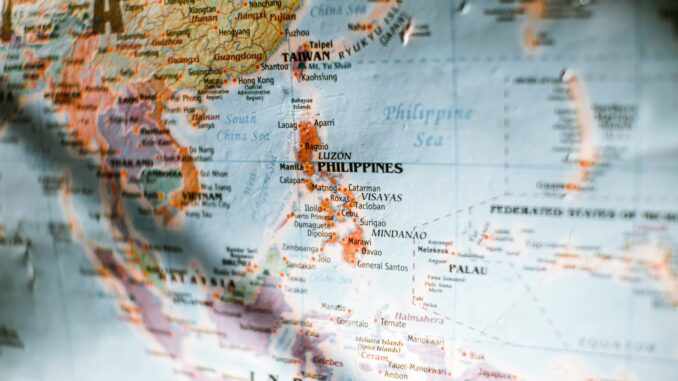
Manila, Philippines—The Philippines issued fresh weather warnings on Tuesday as the fifth major storm in three weeks bore down on the archipelago, days after thousands were evacuated ahead of Typhoon ‘Nika’ (Toraji).
Now a weakened tropical storm, ‘Nika’ blew out to sea overnight after causing relatively limited damage and no reported deaths.
But Tropical Storm ‘Ofel’ (Usagi) was now just two days away from the country’s northeast coast, the national weather agency said.
The government said it had evacuated more than 32,000 people from vulnerable areas in the northern Philippines ahead of Nika’s Monday landfall, weeks after Severe Tropical Storm ‘Kristine’ (Trami), Typhoon ‘Marce’ (Yinxing) and Super Typhoon ‘Leon’ (Kong-rey) killed a combined 159 people.
Most of that tally came during ‘Kristine,’ which unleashed torrential rains that triggered deadly flash floods and landslides.
The government did not report any substantial flooding during Nika’s passage.
Ofel’s 75 kilometers (47 miles) an hour winds may start churning big waves along the northeast coast late Tuesday ahead of an expected Thursday landfall, when it is forecast to have strengthened into a typhoon, the weather service said.
“Mariners of small seacraft… are advised not to venture out to sea under these conditions,” it said in a bulletin.
While the government reported no casualties from ‘Nika,’ it said around 15,000 people were still sheltering at mainly government-run evacuation centers.
Utility workers on Tuesday repaired damaged bridges, restored electricity and cleared roads blocked by landslides, fallen trees and power pylons, the civil defense office said.
The full extent of the damage to private homes was not immediately known, but 29 towns and cities were still without power even as ports reopened and young people in nearly 600 towns and cities began returning to class.
After Ofel, the weather service said Tropical Storm ‘Pepito’ (Man-yi), currently near the Northern Mariana Islands, may also threaten the Philippines next week.
About 20 big storms and typhoons hit the archipelago nation or its surrounding waters each year, killing scores of people and keeping millions in enduring poverty.
A recent study showed that storms in the Asia-Pacific region are increasingly forming closer to coastlines, intensifying more rapidly and lasting longer over land due to climate change.


Be the first to comment